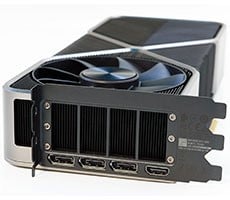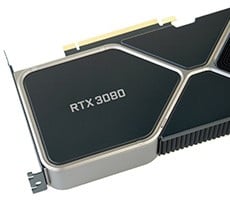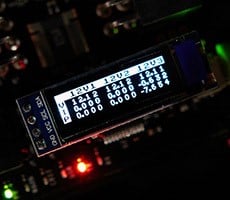ASUS M2A-VM HDMI 690G Motherboard
At the end of February '07, AMD released their first new chipset since the AMD/ATI merger. The goal with the new 690G/V series was to bring improved integrated graphics to the market, with better performance and broader compatibility. Initial impressions were generally positive; with an integrated Radeon XPress 1250, support for two monitors and options for DVI or HDMI outputs, the 690 series did bring something different to the table.
Since the 690G's release, we've spent some time with several models from MSI and now ASUS, with the M2A-VM HDMI being the latest model to land in our labs. What's interesting about the M2A-VM HDMI is that rather than offering an HDMI model or a DVI model, ASUS incorporates both through the use of a riser card. In fact, when perusing the product line up of such companies as Gigabyte, DFI and ECS we found most offered only DVI versions of the 690G.
With competitive performance and relatively broad video options for a chipset with an IGP, the 690 series shapes up to be a rather versatile chipset, bringing features that suit entry-level workstation, HTPC and desktop users alike. What ASUS has done is incorporate everything the chipset has to offer into a single package, making the M2A-VM HDMI unique at this stage of the game.
|
|
|
|
CPU:
Chipset:
Front Side Bus:
Memory:
VGA:
Dual VGA output support:
Storage:
LAN:
Audio:
Overclocking Features:
IEEE 1394:
USB:
|
Special Features:
Back Panel:
Internal I/O Connectors:
BIOS:
Manageability:
Support:
Accessories:
Form Factor:
|
Accompanying the M2A-VM HDMI is a retail package that complements the hardware rather well. Covering the basics, ASUS provides a multilingual Quick Start Guide that covers general board information in nine languages except for English. The User's Guide provided was English only and covered virtually every feature and setup option in clear detail. Supporting the documentation are two CDs, one including all essential drivers while the other offers a collection of useful software such as:
|
Norton Internet Security 2007 |
InterVideo DVD Copy Trial |
ASUS also included essential hardware to help utilize all of the board’s features. A single Floppy, one IDE and two SATA cables cover drive connection needs while providing two SATA power adapters to convert Molex to SATA power connectors. A Q-Connector kit was also included, which makes connecting USB and case headers a breeze. This is one of those seemingly simple items that really make life a bit easier during the system assembly process. For HDMI, ASUS includes a KDMI/AV/SPDIF module that fits in one of the board's PCI slots, adding HDMI, SPDIF, S-Video and Composite video options. Wrapping up the bundle is a I/O shield for fitting the board properly to a case.






